| SHOP EXCLUSIVE SUBSCRIBE In the picture, he departs from this earth like an arrow. Although he has not chosen his fate, he appears to have, in his last instants of life, embraced it. If he were not falling, he might very well be flying. He appears relaxed, hurtling through the air. He appears comfortable in the grip of unimaginable motion. He does not appear intimidated by gravity's divine suction or by what awaits him. His arms are by his side, only slightly outriggered. His left leg is bent at the knee, almost casually. His white shirt, or jacket, or frock, is billowing free of his black pants. His black high-tops are still on his feet. In all the other pictures, the people who did what he did—who jumped—appear to be struggling against horrific discrepancies of scale. They are made puny by the backdrop of the towers, which loom like colossi, and then by the event itself.
At 8:48 on the morning of September 11, Michael Wright was a thirty-year-old account executive working high in the World Trade Center. Two hours later, he was something else. Jet fuel. Controlled demolitions. No debris. Let's get to the bottom of it. I wake up still half-expecting the phone to ring. I know it won't. Jeff won't be calling this morning. Twenty years after the Twin Towers came down, the nation grapples with a new collective grief. Esquire's Scott Raab, who covered the decade-long effort to raise One World Trade, argues that the American spirit is stronger than the forces that try to tear us apart.
At the 9/11 Memorial's 'Tribute in Light,' 88 lamps, 7,000 watts, and a painstaking labor of love form two towering reminders of what once stood.
 Fifteen years ago, three young men created a 9/11-conspiracy-theory film that laid the groundwork for our culture of outrageous misinformation.
|
Saturday, September 11, 2021
The Falling Man, by Tom Junod
Subscribe to:
Post Comments (Atom)



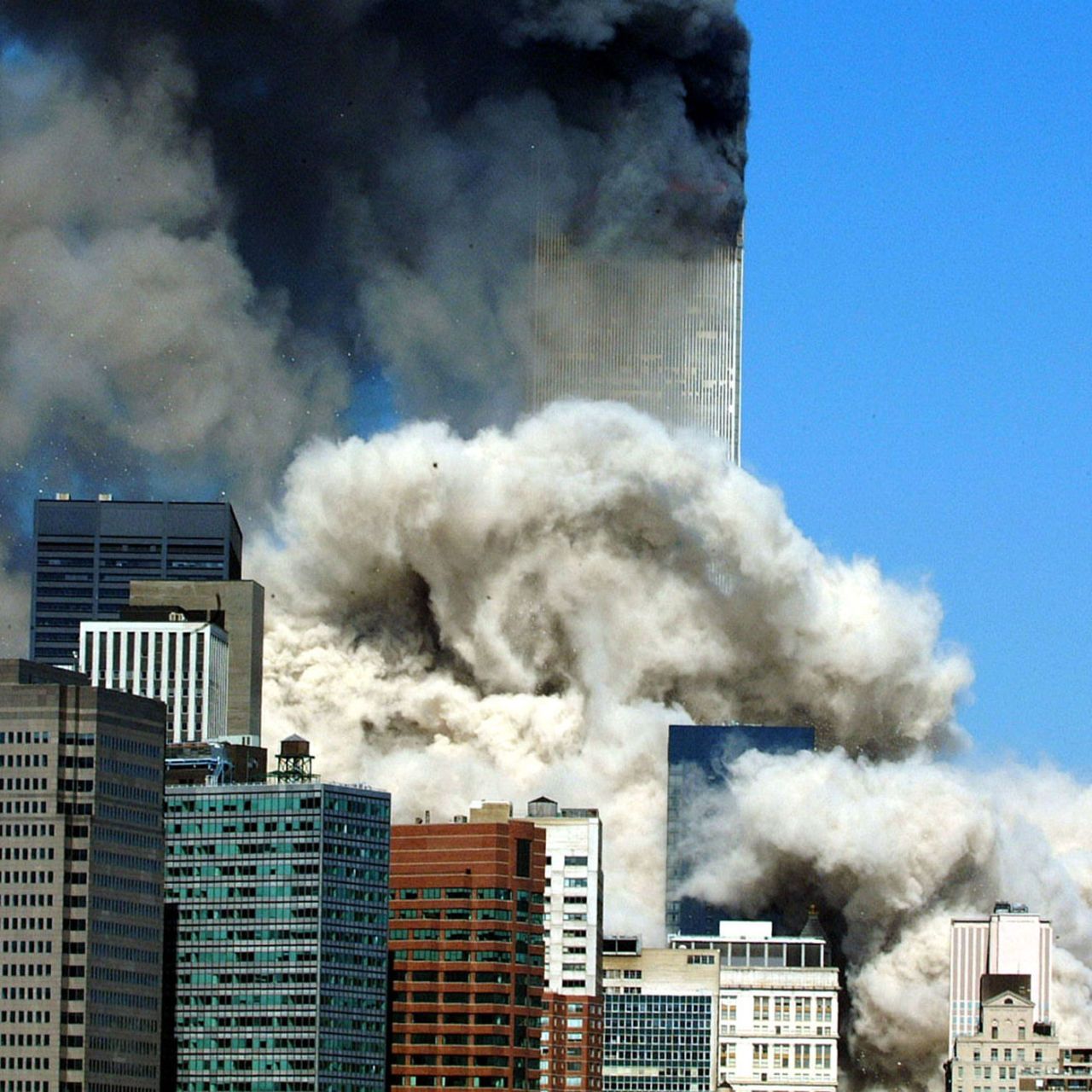
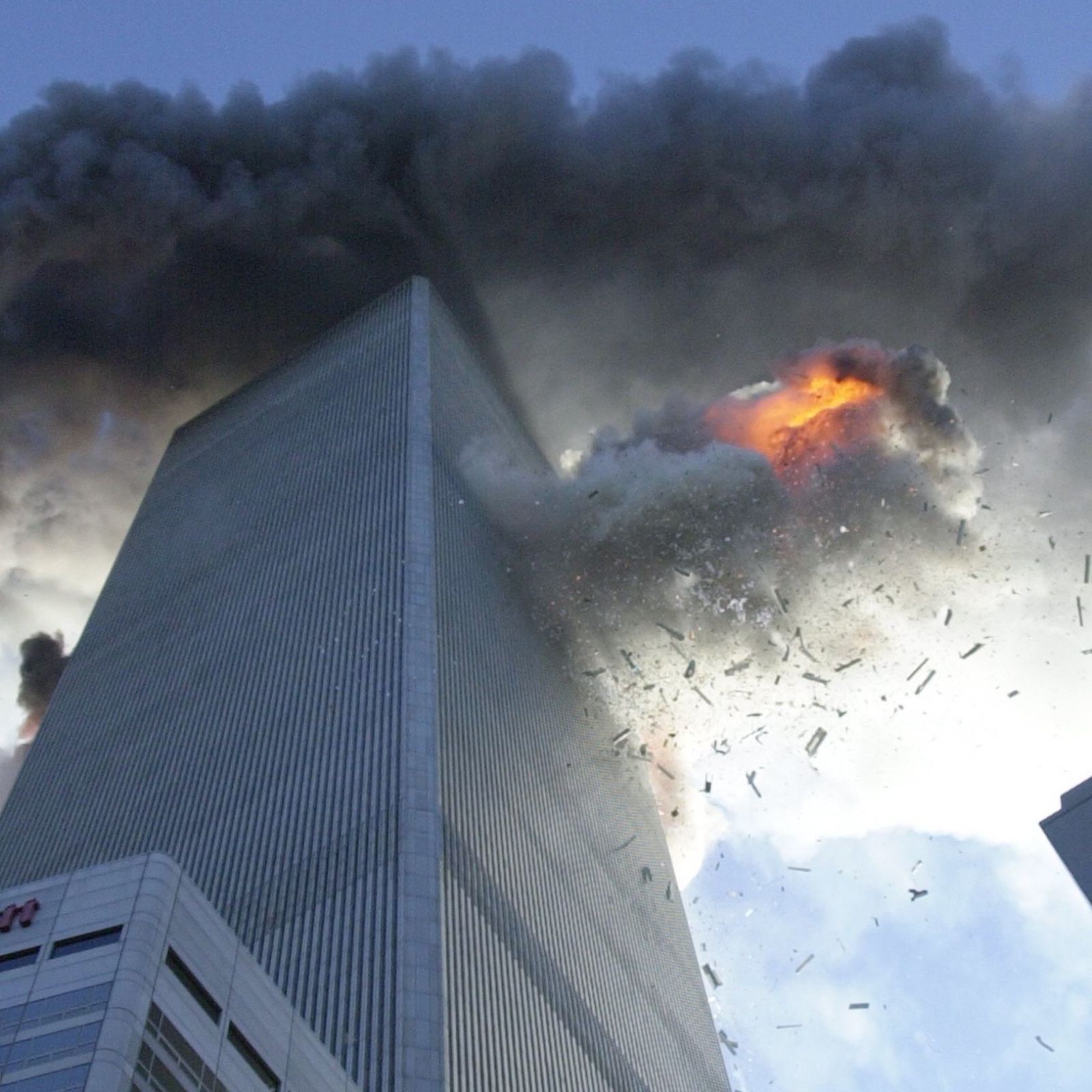
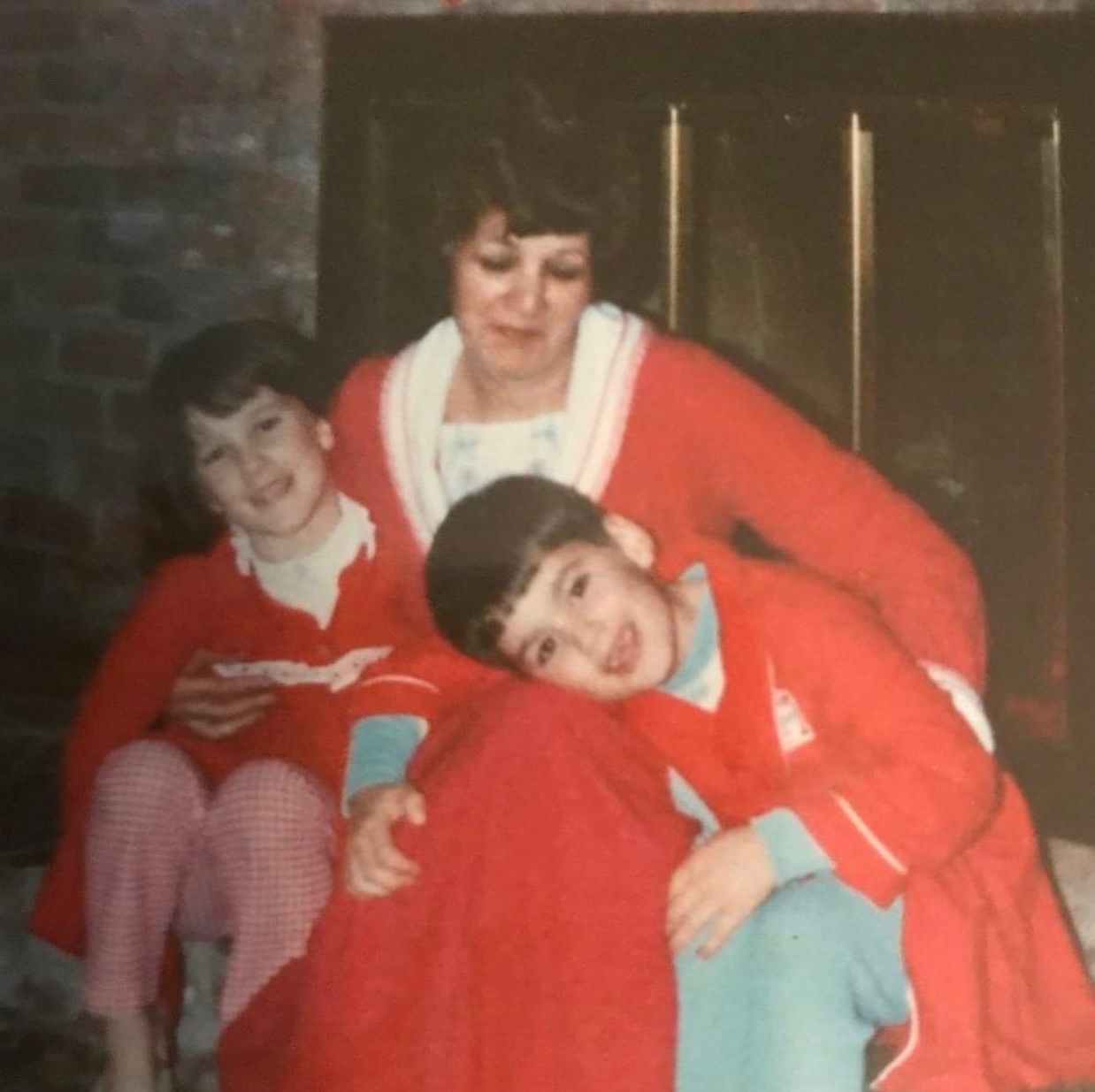

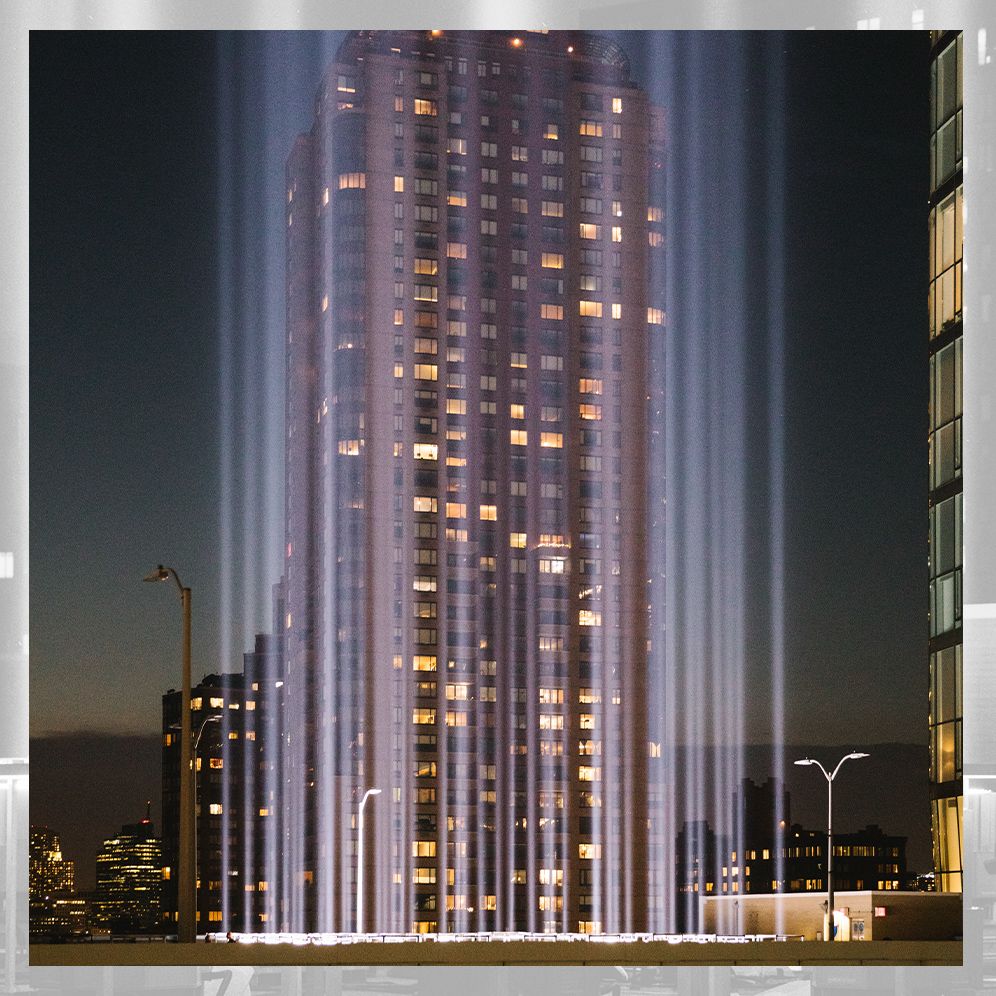
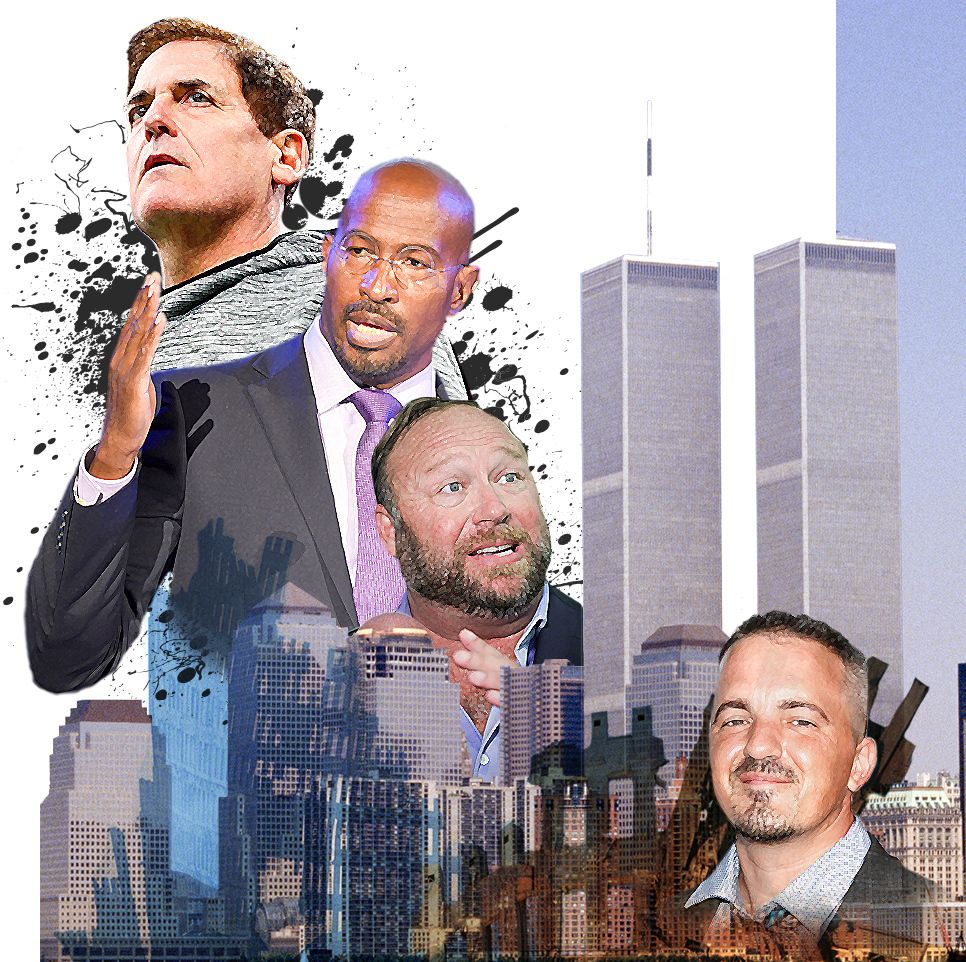

No comments:
Post a Comment